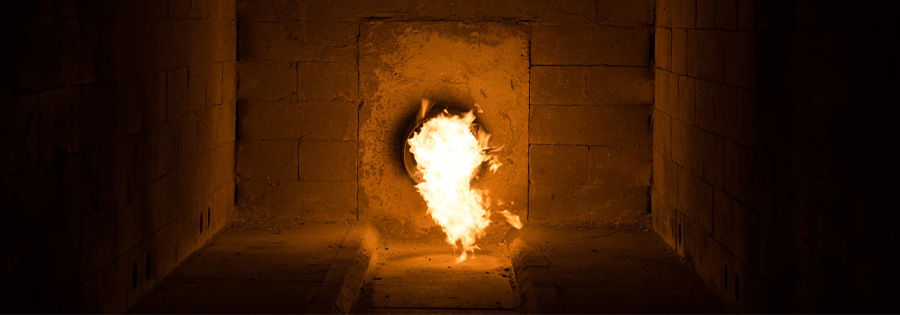
Cremation as a way to dispose of human remains goes back to the Stone Age. Throughout the centuries, the popularity of cremation has ebbed and flowed, often impacted by world events. Plagues, war, famine, and religion have frequently affected the number of cremations at any time.
In the United States today, cremation is now the most popular form of final service, recently surpassing that of traditional funerals and burials. But how did we get here?
Here is a quick look at the history of cremation:
The Stone Age
Traces of cremation have been found from the Stone Age, dating back to 3000 BC in the Near East and Europe. As the world moved into the Bronze Age from 2500 to 1000 BC, cremations expanded further throughout Europe and Western Russia.
By the year 1000, cremations had expanded from England and Northern Europe down through Spain, Italy, and Greece.
By 500 BC, there were so many cremations in Rome that cremations had to be limited.
The Early Christian Era
By 400 AD, many early Christians had embraced cremation, while Jewish people chose burial.
During Constantine’s Christianization of the Roman Empire, cremation was almost non-existent.
Cremation would gain in popularity over the next 1500 years, but only during plagues and wars. It generally fell out of favor.
Modern Era of Cremation
The modern era of cremation began in 1873 with the invention of the cremation chamber. It was invented by an Italian professor and offered a way to effectively and relatively quickly dispose of bodies. The first Cremation Society of England was founded to help promote the process within the next year.
In the United States, the first crematorium was constructed in 1876 in Washington, PA. The invention of the cremation chamber, combined with the Protestant Reformation and rising health concerns revolving around burials, served to propel modern cremations into the next era.
The second North American crematorium was also opened in Pennsylvania, in Lancaster, in 1884. By the end of the century, in 1900, the number of crematoriums in the United States rose to 20. By 1913, that number had grown to 52. It was during this time that cremations reached 100,000 annually.
Cremations continued to grow in popularity over the next decades, but tradition and religious beliefs prevented many families from taking the option.
Cremations Today
By the time the 1950s arrived, major religions began easing their stances against cremation. Pre-planning final arrangements was becoming more popular, and more people began choosing cremation. That trend continued through the 1960s and 1970s as cremation became less stigmatized and environmental concerns became increasingly important. Rising prices of traditional funerals and burials have also contributed to the growing popularity of cremations.
Today, there are over 3,300 licensed crematoriums in the United States. In 1950, cremations accounted for just 3.5 percent of all final services. Today, that number is exceeding 60%.
Cremations are more affordable than traditional burials, and they can be more flexible. Many feel they are a more environmentally friendly choice and use fewer resources. It appears they will continue to grow in popularity.
Do you have questions about cremations or preplanning for your own final services? Perhaps you are in a current need. We invite you to reach out to our caring, professional team.


Post a comment